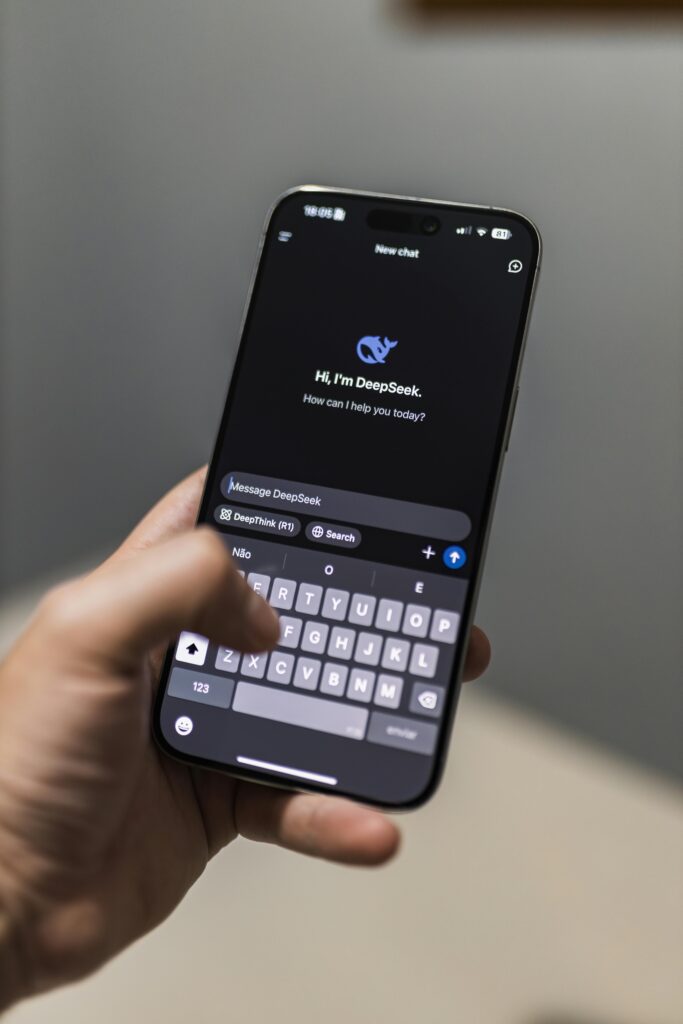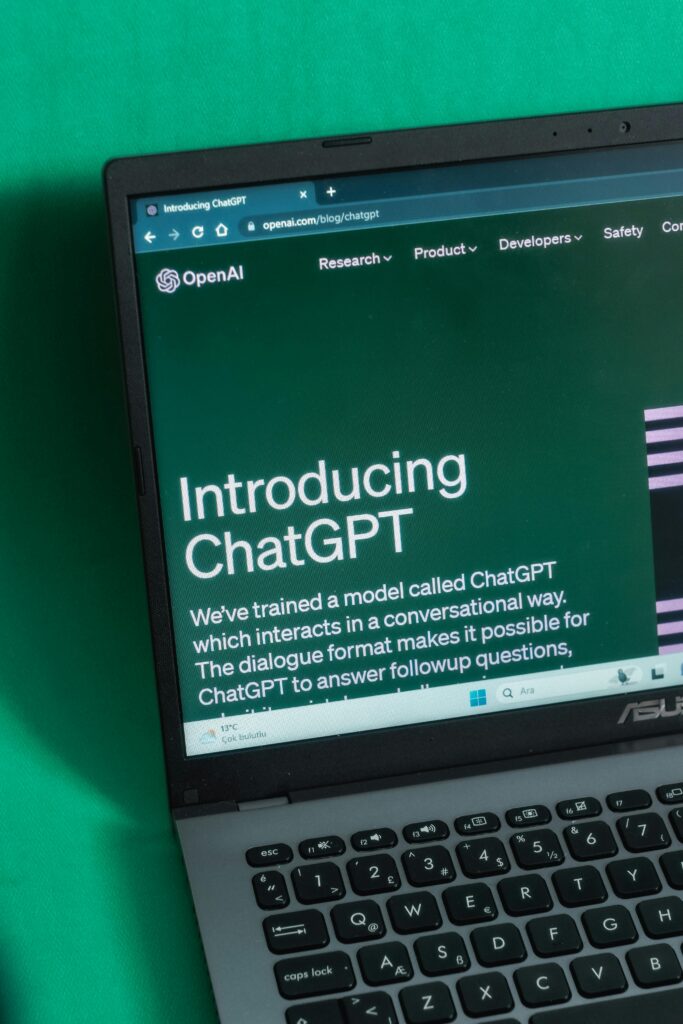Google’s Local Service Ads have emerged as a powerful solution for service businesses looking to connect with ready-to-book customers.
However, the landscape is shifting dramatically in 2025 with controversial Terms of Service changes, the mobile app retirement, and evolving best practices.
This comprehensive guide breaks down everything you need to know about Local Service Ads, from the basics of pay-per-lead advertising to navigating privacy concerns and optimizing your campaigns for maximum ROI.
What Are Local Service Ads and How Do They Work?
Local Service Ads represent a revolutionary approach to connecting service businesses with customers actively searching for help. Unlike traditional advertising models, LSAs put your business at the very top of search results with a pay-per-lead structure that ensures you only invest in genuine customer inquiries.
The Pay-Per-Lead Advantage
The fundamental difference between Local Service Ads and traditional Google Ads lies in the payment model. With LSAs, you only pay when a potential customer contacts you through a phone call, message, or booking request.
This eliminates wasted spend on clicks that never convert, making every dollar count toward actual business opportunities. For businesses exploring paid advertising options, understanding PPC strategies for small businesses helps contextualize how LSAs fit into your broader marketing mix.
Local Service Ads appear prominently above both paid search ads and organic results, featuring your business name, ratings, hours, and the coveted Google Guaranteed or Google Screened badge.
This prime placement captures attention when customers need immediate help, whether they’re dealing with a plumbing emergency or searching for a trusted lawyer.
Unlike traditional Google Ads, where you need to understand keyword match types and bid on specific terms, LSAs automatically show relevant local searches based on your business category and service area.
Trust Badges and Verification Process
The Google Guaranteed badge for home services and Google Screened badge for professional services instantly communicate credibility.
To earn these badges, businesses undergo extensive background checks, license verification, and insurance confirmation. This vetting process, while thorough, creates a significant competitive advantage over non-verified competitors.
Healthcare providers receive the License Verified by Google badge after additional scrutiny of their medical credentials. These trust signals matter enormously – customers increasingly prefer vetted professionals when inviting service providers into their homes or sharing sensitive information.
Lead Management and Customer Journey
When customers click your Local Service Ad, they see a detailed profile showcasing your reviews, service areas, and business highlights.
They can immediately call, send a message, or book services without leaving Google’s platform. This streamlined experience removes friction from the booking process.
Every lead triggers an email notification, and you can manage all communications through the LSA dashboard. Fast response times directly impact your ad ranking – businesses that respond within minutes consistently outperform those taking hours. The platform tracks your responsiveness, using this data to determine future ad visibility.
The 2025 Platform Changes and Privacy Concerns
Major upheavals in 2025 have transformed how Local Service Ads operate, with new Terms of Service creating privacy concerns while the mobile app sunset forces workflow changes.
Understanding these shifts helps businesses adapt strategies and make informed decisions about continued participation.
Understanding the New Terms of Service
Google’s April 2025 Terms of Service update fundamentally changed data ownership within Local Service Ads. According to Search Engine Land’s analysis, Google now claims rights to all content in your LSA profile, including complete recordings and transcripts of customer phone calls.
The company’s AI systems analyze pricing discussions, service offerings, and customer information, using this data to understand business models and pricing strategies.
Industry-Specific Compliance Challenges
Law firms face severe impacts from these changes. Attorney-client privilege prohibits sharing confidential communications, making it potentially unethical to allow Google to record sensitive client discussions.
Healthcare providers encounter HIPAA compliance issues when patients share medical information during calls. Financial advisors and therapists must carefully weigh LSA participation against professional obligations.
Mobile App Retirement Impact
The Local Services Ads mobile app officially retired on January 6, 2025, forcing all management to the web platform at ads.google.com/localservices.
Small business owners who relied on mobile convenience for quick lead responses must adapt workflows or invest in mobile-responsive CRM systems.
This consolidation reflects Google’s broader platform strategy but creates challenges for field service professionals.
Contractors working on job sites, emergency service providers, and mobile businesses lose the ability to manage leads efficiently from their phones, potentially impacting response times and customer satisfaction.
Cost Analysis and ROI Optimization Strategies
Success with Local Service Ads requires understanding the true economics beyond simple cost-per-lead metrics. Smart advertisers focus on customer lifetime value, conversion rates, and seasonal patterns to maximize return on their advertising investment.
Breaking Down Industry-Specific Costs
Recent data from LocaliQ’s 2025 benchmarks shows significant cost variations across industries. Home service providers typically pay $15-50 per lead, with electricians averaging $30 and plumbers around $25.
Professional services command higher prices – lawyers often pay $75-150 per lead, while specialized medical providers can exceed $100.
Geographic location dramatically impacts costs. The same plumbing service might pay $12 per lead in rural areas but $45 in major metropolitan markets.
Competition density, average ticket prices, and local economic conditions all influence these variations. Understanding your market’s benchmarks helps set realistic budgets and performance expectations.
Calculating True Customer Acquisition Costs
The biggest mistake businesses make is focusing solely on lead costs without considering conversion rates. Here’s how to calculate your true ROI: First, track your complete funnel from initial contact through completed service. If you receive 40 leads at $30 each ($1,200 spend) but only 15 become paying customers, your actual acquisition cost is $80, not $30.
Factor in average ticket prices and profit margins to determine profitability. A pest control company with $150 average tickets might lose money at $80 acquisition costs, while an HVAC contractor averaging $3,000 installations finds it highly profitable.
Many successful advertisers discover that higher-quality, more expensive leads often deliver better overall ROI than cheaper, less-qualified inquiries.
Advanced Budget Management Techniques
Google’s Target Cost Per Lead (tCPL) bidding allows sophisticated automation. Instead of setting maximum bids, specify your ideal average cost per lead and let algorithms optimize delivery. This works best for businesses with consistent lead volume and stable conversion rates.
Seasonal adjustments maximize ROI by aligning spending with demand. HVAC companies increase budgets during temperature extremes, tax preparers ramp up approaching deadlines, and landscapers adjust for growing seasons. Smart advertisers also implement day-parting strategies, reducing bids during low-conversion hours while maximizing visibility during peak inquiry times.
Optimization Best Practices for Maximum Performance
The difference between mediocre and exceptional Local Service Ads performance lies in continuous optimization. Top performers treat their LSA presence as a living system requiring constant refinement across profile quality, review management, and operational excellence.
Profile Optimization That Converts
Your business profile serves as your digital storefront, making first impressions crucial. Professional photos showcasing your team, equipment, and completed work outperform generic stock imagery.
Include images of uniformed technicians, branded service vehicles, and impressive before-and-after project photos that demonstrate expertise.
Strategic use of the highlights section communicates unique value propositions. Key differentiators that resonate with customers include:
- 24/7 emergency service availability for urgent situations
- Specialized certifications like “Tesla Powerwall Certified Installer”
- Multilingual staff serving diverse communities
- Veteran-owned or women-owned business status
- Niche expertise such as “Historic Home Restoration Specialist”
These specific highlights help customers choose you over competitors with similar ratings by demonstrating unique capabilities and values.
Review Generation and Management Excellence
Reviews significantly impact both rankings and conversion rates. Top-performing businesses maintain 4.7+ average ratings with consistent recent reviews.
Implement systematic review generation by sending personalized follow-up messages after service completion, timing requests when customers experience maximum satisfaction.
Professional response to all reviews demonstrates engagement. Thank positive reviewers specifically, mentioning details from their feedback.
Address negative reviews promptly and professionally, acknowledging concerns and offering offline resolution. Never argue publicly or become defensive – potential customers judge your professionalism based on these interactions.
Response Time and Communication Protocols
Google tracks response times as a key ranking factor. Answer calls within three rings and respond to messages within 15 minutes during business hours.
After-hours systems prove equally important – whether using answering services or automated responses, ensure leads receive prompt acknowledgment.
The customer with a flooded basement at midnight won’t wait until morning. Investing in 24/7 response capabilities often delivers exceptional ROI through captured emergency service opportunities.
Future-Proofing Your Local Service Strategy
Local Service Ads continue evolving rapidly, making adaptability essential for long-term success. Voice search integration through Google Assistant already drives significant lead volume, with conversational queries like “find an emergency plumber near me” triggering LSA results.
As smart speakers proliferate, optimizing for voice search becomes increasingly important for local businesses. Prepare for AI-powered features including automated scheduling, dynamic pricing suggestions, and predictive lead scoring that will reshape how businesses interact with the platform.




